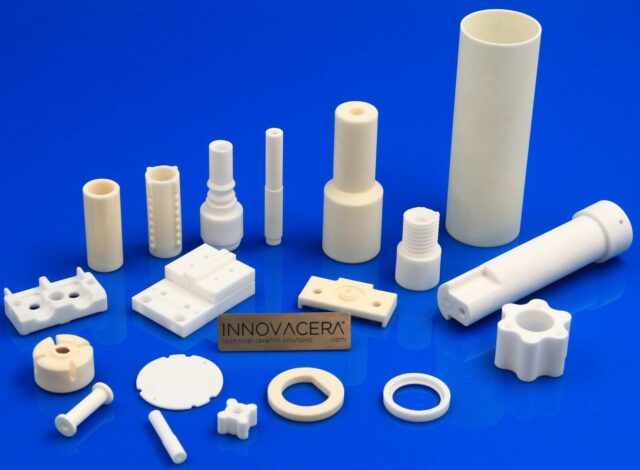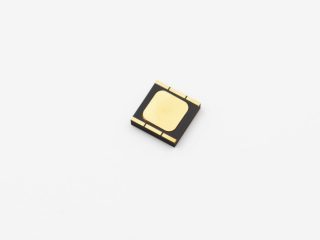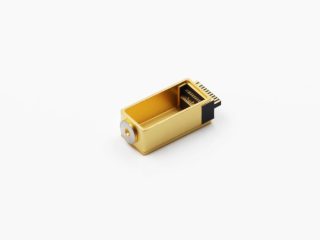The most commonly used forming processes in the advanced ceramics industry are cold isostatic pressing, injection molding, hot isostatic pressing and dry pressing. As an advanced ceramics manufacturer, we’d like to introduce the cold isostatic pressing process.

CIP is a method of compacting powdered materials into a solid homogeneous mass before machining or sintering. It can produce high-integrity billets or preforms that exhibit little distortion or cracking when fired. Its advantages and features include:
Improve production efficiency: CIP is easy to operate, the process is stable and can be mass-produced, so the production efficiency is high.
Optimizing material properties: CIP can make the powder material form a dense green body under high pressure, which has a high density, usually reaching more than 95% of the theoretical density. This makes the ceramic material produced by cold isostatic pressing have higher strength, hardness and wear resistance.
Fine grains: In the process of CIP, due to plastic deformation and recrystallization under high pressure, a body with fine grains can be obtained, thereby improving the strength and toughness of the material.
Manufacture of complex shaped parts: cold isostatic pressing technology has good adaptability to the manufacture of complex shaped ceramic parts. It can achieve one-time molding of complex shapes through appropriate mold design and pressure control, reducing the complexity and cost of subsequent processing.
Complex shapes: By adopting different mold structures and process parameters, cold isostatic pressing can produce blanks of various complex shapes to meet the needs of different application fields.
Strong controllability: The process parameters of CIP can be precisely controlled, such as pressure, temperature, holding time, etc., so that a green body with specific properties and microstructure can be obtained.
Low material loss: There is no melting during CIP, so there is no chemical reaction and gas phase consumption, and there is almost no material loss.
Energy saving and environmental protection: Since the cold isostatic pressing process does not require high-temperature sintering, it can reduce energy consumption and the amount of waste gas and wastewater discharged.
In summary, this makes the cold isostatic pressing technology has a broad application prospect in the field of ceramic manufacturing.




 Enquiry
Enquiry